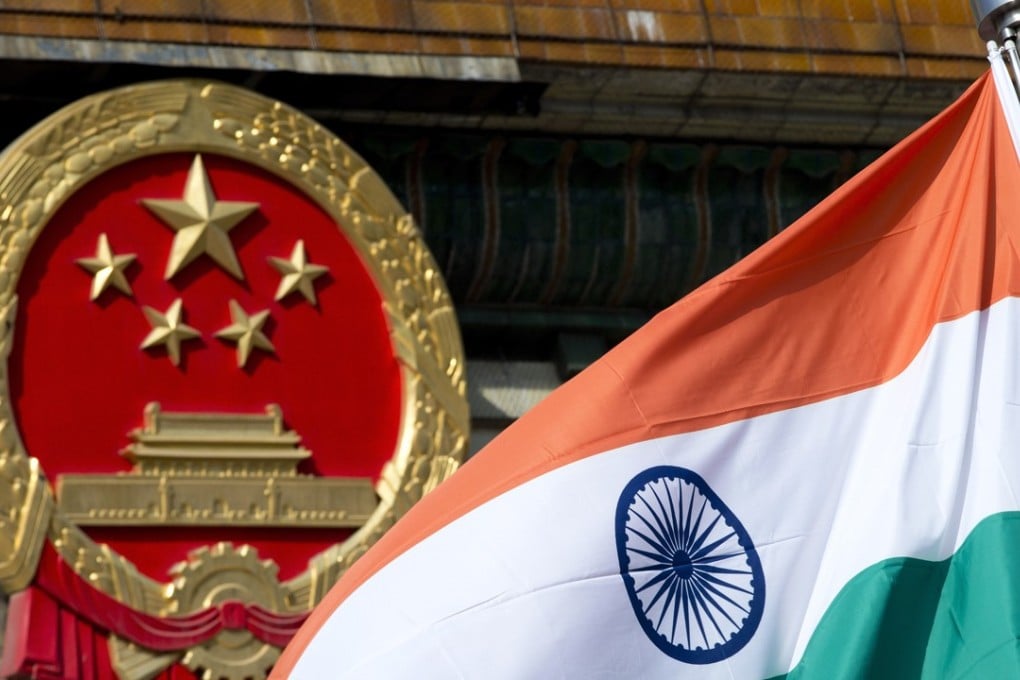China and India on brink of armed conflict as hopes of resolution to border dispute fade
Chinese military primed for battle, military sources say; Indian troops ‘prepared for any eventuality’

Chinese and Indian troops are readying themselves for a possible armed conflict in the event they fail in their efforts to achieve a peaceful resolution to their border dispute on the Doklam plateau in the Himalayas, observers said.
On Friday, India’s defence minister Arun Jaitley told parliament that the country’s armed forces are “prepared to take on any eventuality” of the stand-off, Indian Express reported the same day.
Sources close to the Chinese military, meanwhile, said that the People’s Liberation Army is increasingly aware of the possibility of war, but will aim to limit any conflict to the level of skirmishes, such as those contested by India and Pakistan in Kashmir.
“The PLA will not seek to fight a ground war with Indian troops early on. Instead it will deploy aircraft and strategic missiles to paralyse Indian mountain divisions stationed in the Himalayas on the border with China,” a military insider told the South China Morning Post on condition of anonymity, adding that he believes Indian troops will probably hold out for “no more than a week”.
